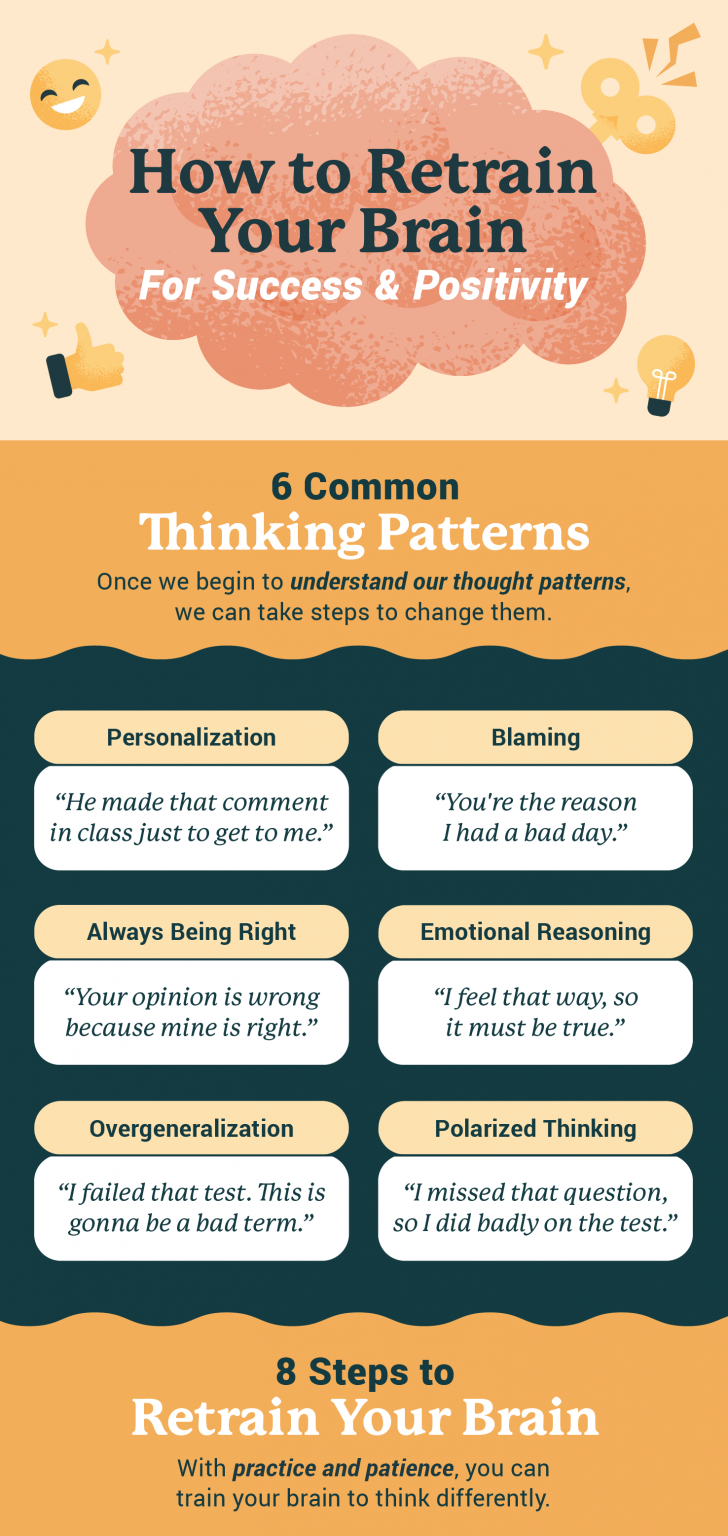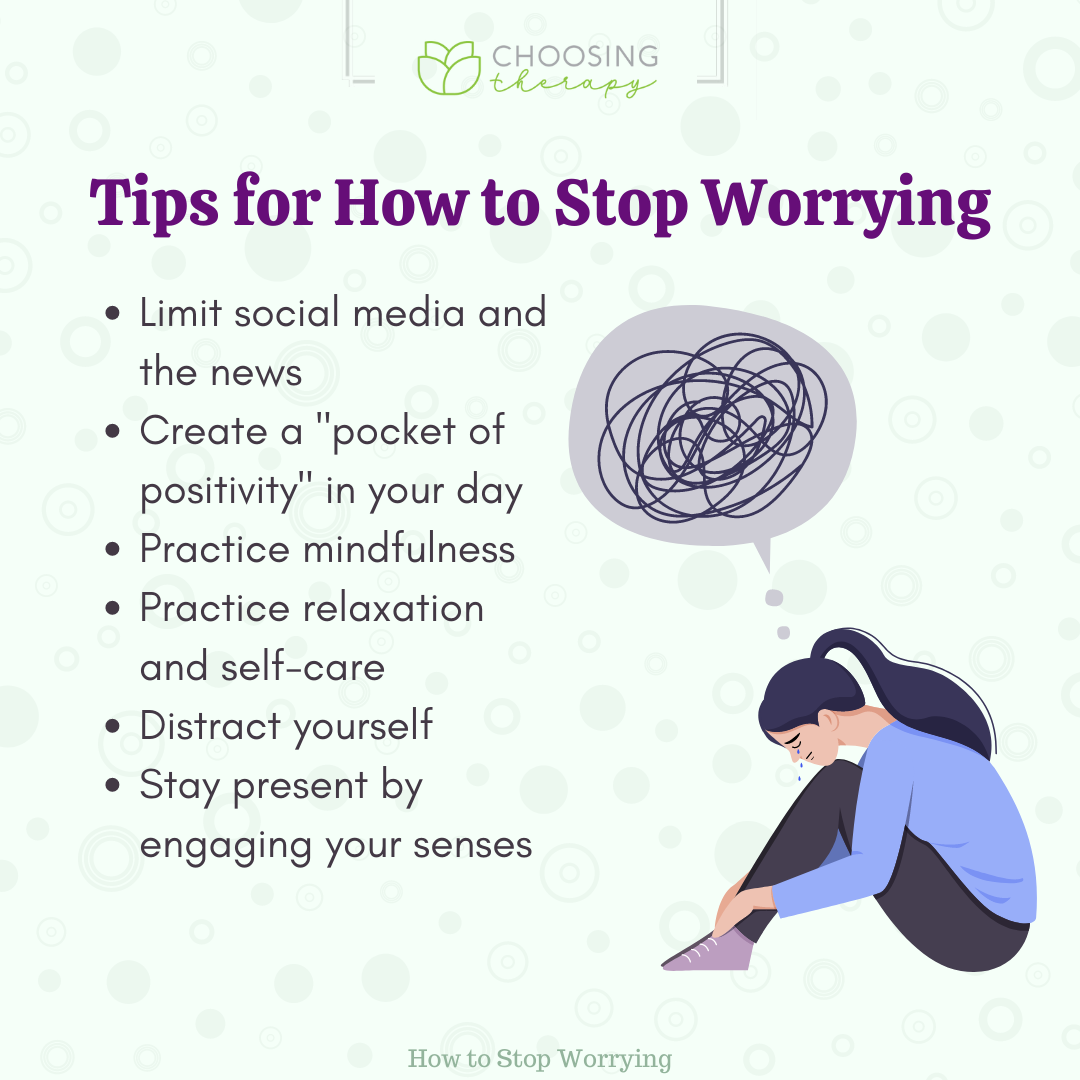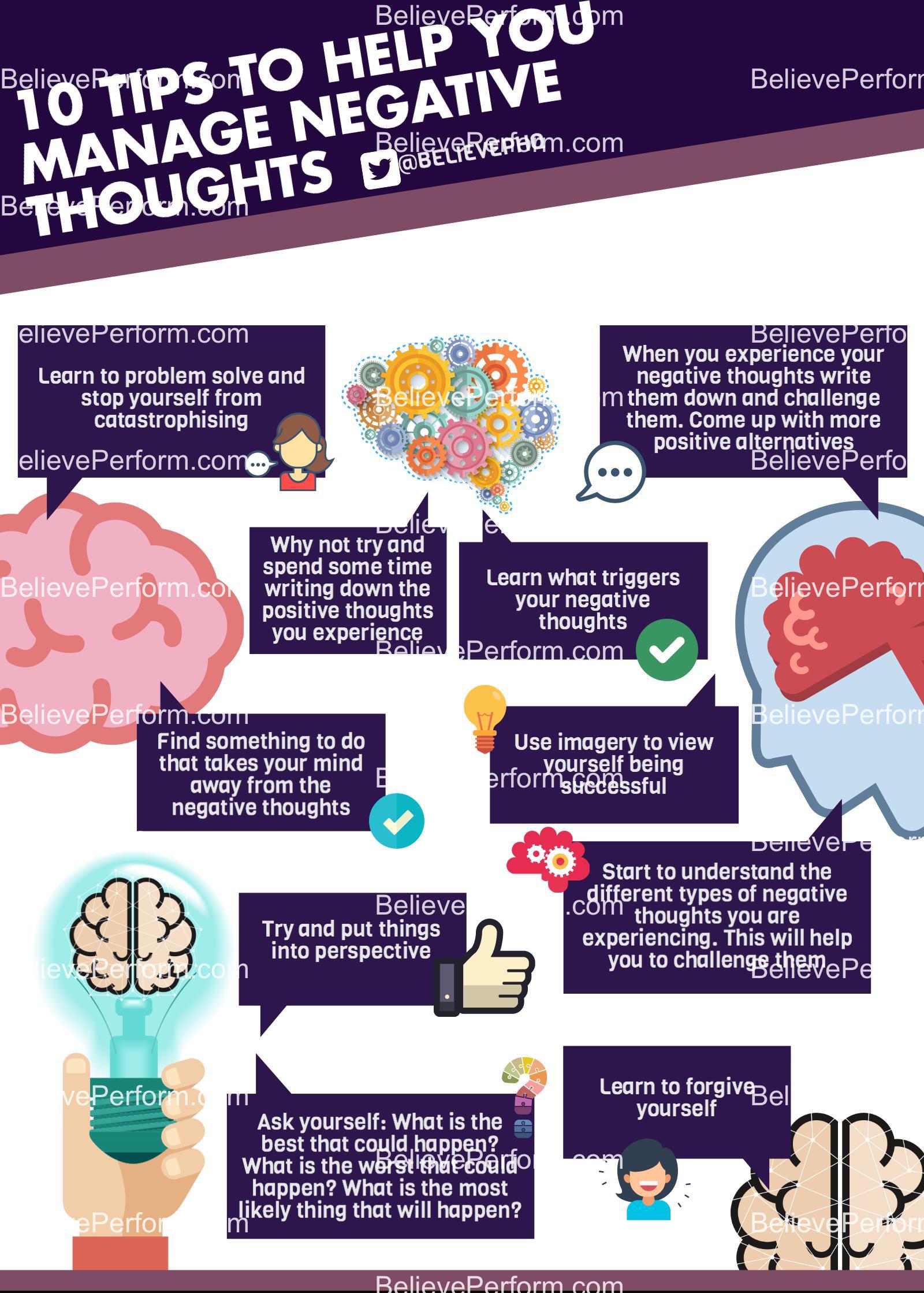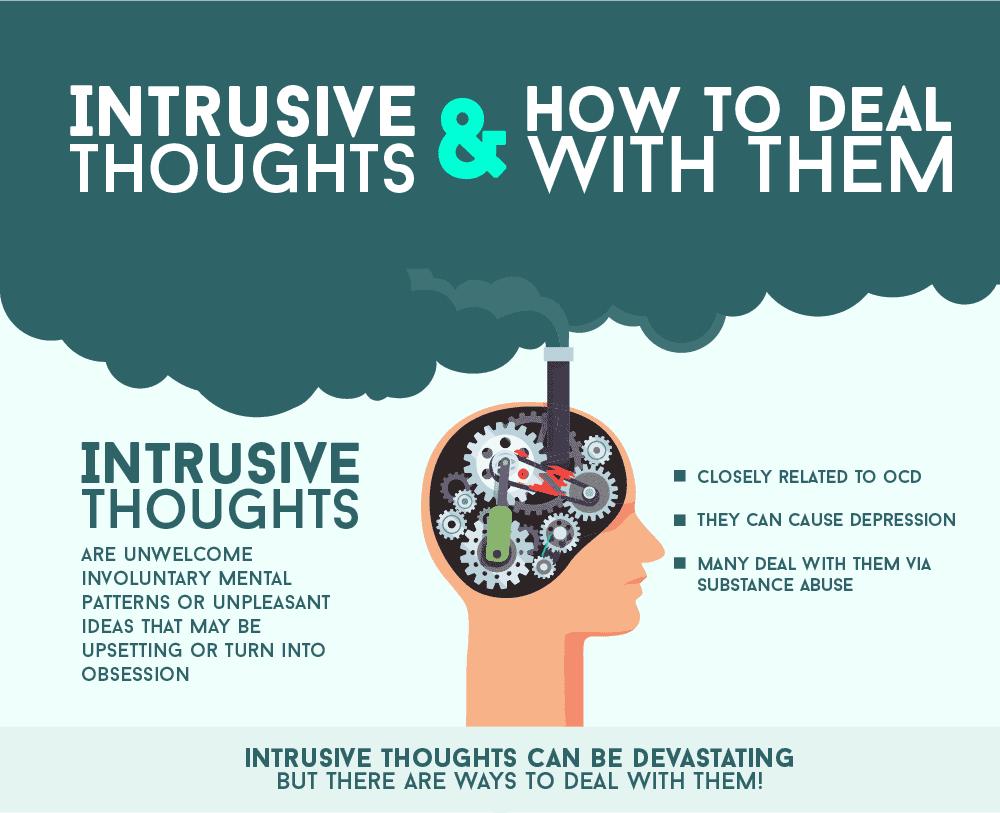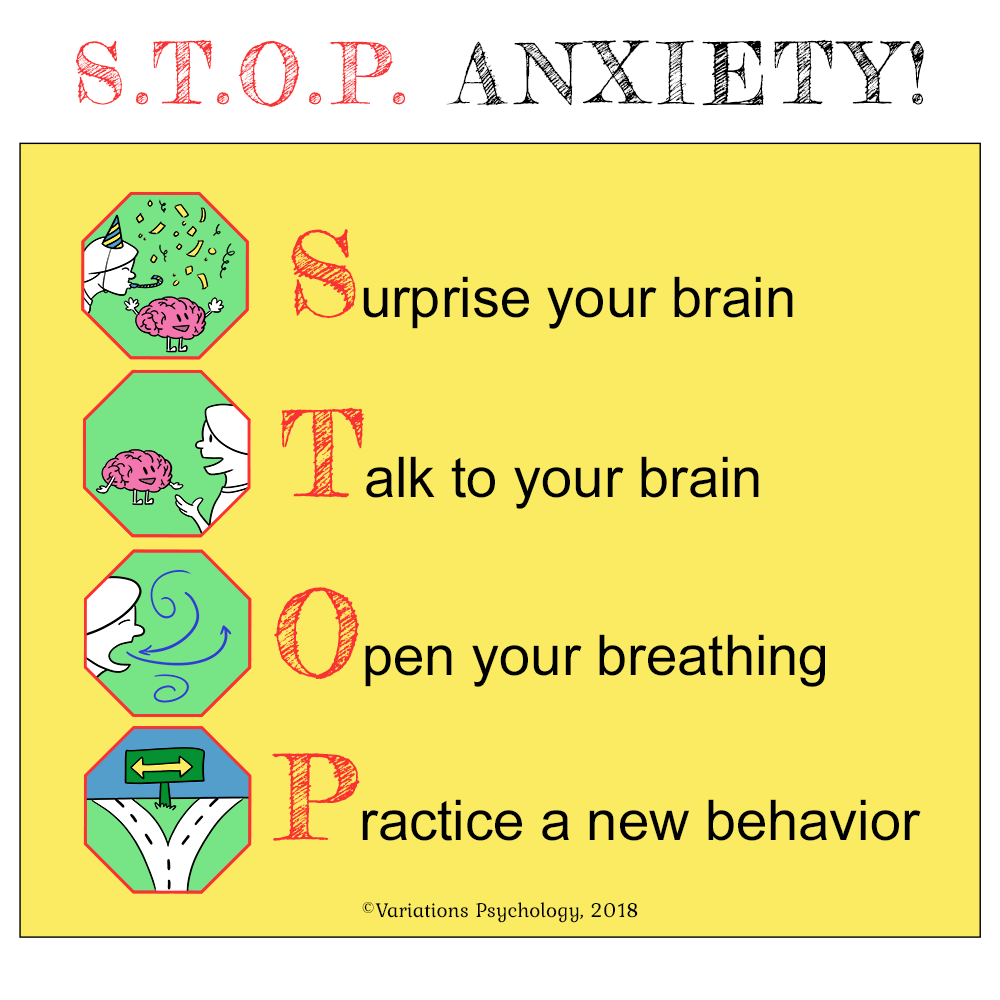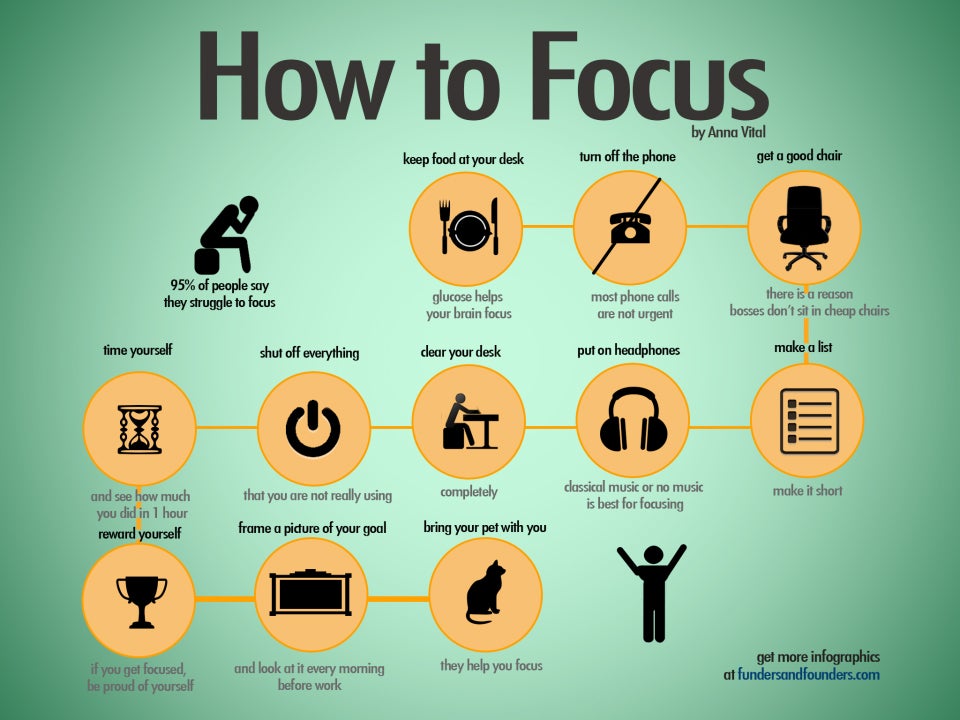How To Stop Getting Lost In Thoughts
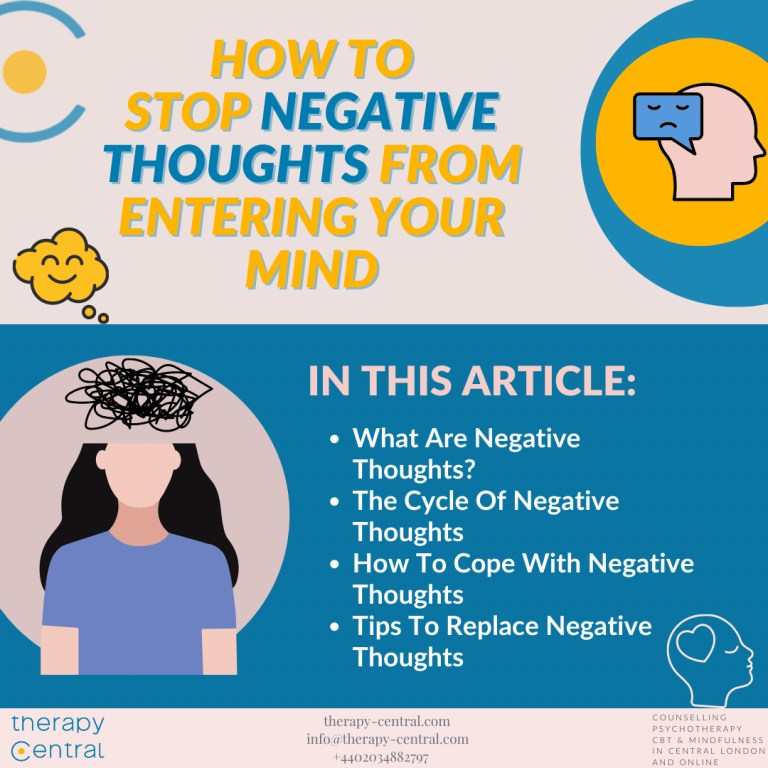
Ever feel like your mind is a runaway train, speeding through endless landscapes of thoughts, worries, and daydreams? You're not alone. Many of us struggle with getting lost in our heads, and it can impact everything from our focus to our peace of mind.
This guide is for you – the person who's ready to take control of their mental landscape. We'll explore practical, effective techniques to stop getting lost in thoughts and reclaim your present moment.
Why does mastering this skill matter? Because being present allows you to truly experience life, manage stress, improve relationships, and achieve your goals with greater clarity and purpose.
Understanding the Maze: Why We Get Lost In Thoughts
Our brains are wired to think. It's their primary function! However, when thinking becomes excessive and uncontrolled, it turns into overthinking – a major contributor to getting lost in thoughts.
Triggers can vary. Stress, anxiety, unresolved issues, and even boredom can all send us spiraling down the rabbit hole of mental chatter.
Furthermore, modern life, with its constant stimulation and information overload, exacerbates this tendency. We are constantly bombarded with data which can lead to overthinking.
Top 5 Techniques to Reclaim Your Mind
Here’s a quick comparison of the top techniques we'll delve into.
| Technique | Description | Price (Effort/Time) | Specs (Key Features) | Warranty (Consistency) |
|---|---|---|---|---|
| Mindfulness Meditation | Focusing on the present moment without judgment. | Low/10-20 mins daily | Breath awareness, body scan, mindful movement | High (with consistent practice) |
| Thought Journaling | Writing down your thoughts and feelings to gain clarity. | Low/15-30 mins as needed | Free writing, structured prompts, bullet journaling | Medium (depending on commitment) |
| Cognitive Behavioral Therapy (CBT) Techniques | Identifying and challenging negative thought patterns. | Variable/30-60 mins per session | Thought records, behavioral experiments, cognitive restructuring | High (with professional guidance and practice) |
| Physical Exercise | Engaging in physical activity to release tension and improve focus. | Variable/30-60 mins most days | Cardio, strength training, yoga, walking | High (with regular participation) |
| Grounding Techniques | Using your senses to anchor yourself in the present moment. | Low/Few minutes as needed | 5-4-3-2-1 method, mindful observation, nature walks | Medium (effective in the moment, needs practice) |
Detailed Reviews of Each Technique
Mindfulness Meditation: The Anchor to the Present
Mindfulness meditation involves paying attention to the present moment without judgment. This can be achieved by focusing on your breath, body sensations, or sounds around you.
Regular practice trains your brain to become more aware of your thoughts without getting carried away by them. Apps like Headspace and Calm offer guided meditations for beginners.
Thought Journaling: Unloading the Mental Backpack
Thought journaling provides a safe space to explore your thoughts and feelings. Write down whatever comes to mind, without censoring yourself.
This practice can help you identify recurring patterns, understand triggers, and gain perspective on your thoughts. Use prompts like "What am I feeling right now?" or "What's worrying me?" to get started.
Cognitive Behavioral Therapy (CBT) Techniques: Rewiring Your Brain
CBT focuses on identifying and changing negative thought patterns. One common technique is to use thought records to track your thoughts, feelings, and behaviors in specific situations.
By examining these records, you can challenge negative thoughts and replace them with more balanced and realistic ones. This process, often guided by a therapist, can be highly effective.
Physical Exercise: Moving Your Body, Calming Your Mind
Physical exercise is a powerful tool for managing stress and improving focus. When you exercise, your body releases endorphins, which have mood-boosting effects.
Exercise also helps to reduce tension and anxiety, making it easier to stay present. Find an activity you enjoy, whether it's running, swimming, dancing, or yoga.
Grounding Techniques: Anchoring Yourself in Reality
Grounding techniques use your senses to bring you back to the present moment. The 5-4-3-2-1 method involves noticing five things you can see, four things you can touch, three things you can hear, two things you can smell, and one thing you can taste.
This simple exercise can help to interrupt the cycle of negative thoughts and ground you in reality. Other grounding techniques include mindful observation of your surroundings and spending time in nature.
"Used vs New": Applying These Techniques
Starting Fresh (New): The equivalent to approaching these techniques with a beginner’s mind. You’re starting with a clean slate, no preconceived notions, and a willingness to learn.
Pros: No bad habits to unlearn, fresh perspective, eager to experiment. Cons: May feel overwhelmed by the learning curve, require more guidance initially.
Refurbished/Adjusting Existing Practices (Used): Perhaps you’ve tried meditation before but struggled. Or, you’ve journaled inconsistently. This is about refining existing practices.
Pros: Familiar with the concepts, faster progress in some areas, can build upon existing knowledge. Cons: May have ingrained bad habits to overcome, resistance to new approaches.
Reliability Ratings by Technique (Brand Analogy)
Thinking of each technique as a brand, here's an analogy of reliability:
- Mindfulness Meditation (Toyota): Consistently reliable and widely trusted.
- Thought Journaling (Moleskine): A classic, dependable tool for self-reflection.
- CBT Techniques (Apple): Requires a higher initial investment (time/effort/potentially therapist costs) but offers powerful and effective results.
- Physical Exercise (Nike): A well-established and versatile approach that works for many people.
- Grounding Techniques (Swiss Army Knife): A practical and accessible tool for immediate relief in specific situations.
Checklist: 5 Must-Check Features Before Implementing Any Technique
- Consistency: Can you commit to practicing regularly?
- Suitability: Does the technique align with your personality and preferences?
- Accessibility: Is it easy to integrate into your daily routine?
- Measurability: How will you track your progress and success?
- Support: Do you have resources or guidance available if needed?
Key Takeaways: Stop Getting Lost In Thoughts
Getting lost in thoughts is a common challenge, but it's one you can overcome. Mindfulness meditation, thought journaling, CBT techniques, physical exercise, and grounding techniques are all valuable tools for reclaiming your mind.
Consider your individual needs, preferences, and lifestyle when choosing the right approach. Consistency is key to developing lasting habits.
Remember that progress takes time and effort. Be patient with yourself, celebrate small victories, and keep exploring what works best for you.
Ready to start your journey to a calmer, more focused mind? Experiment with the techniques discussed, track your progress, and adjust as needed. The power to control your thoughts is within your reach!
